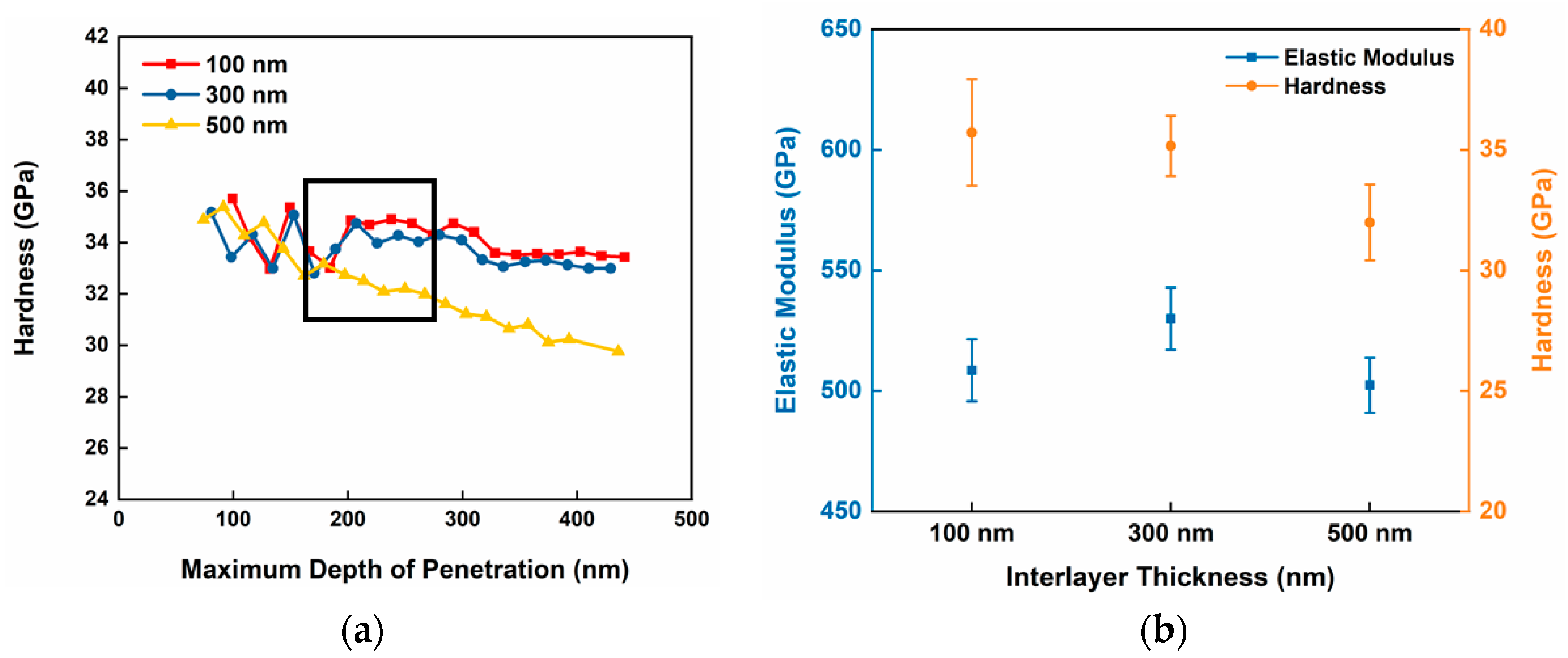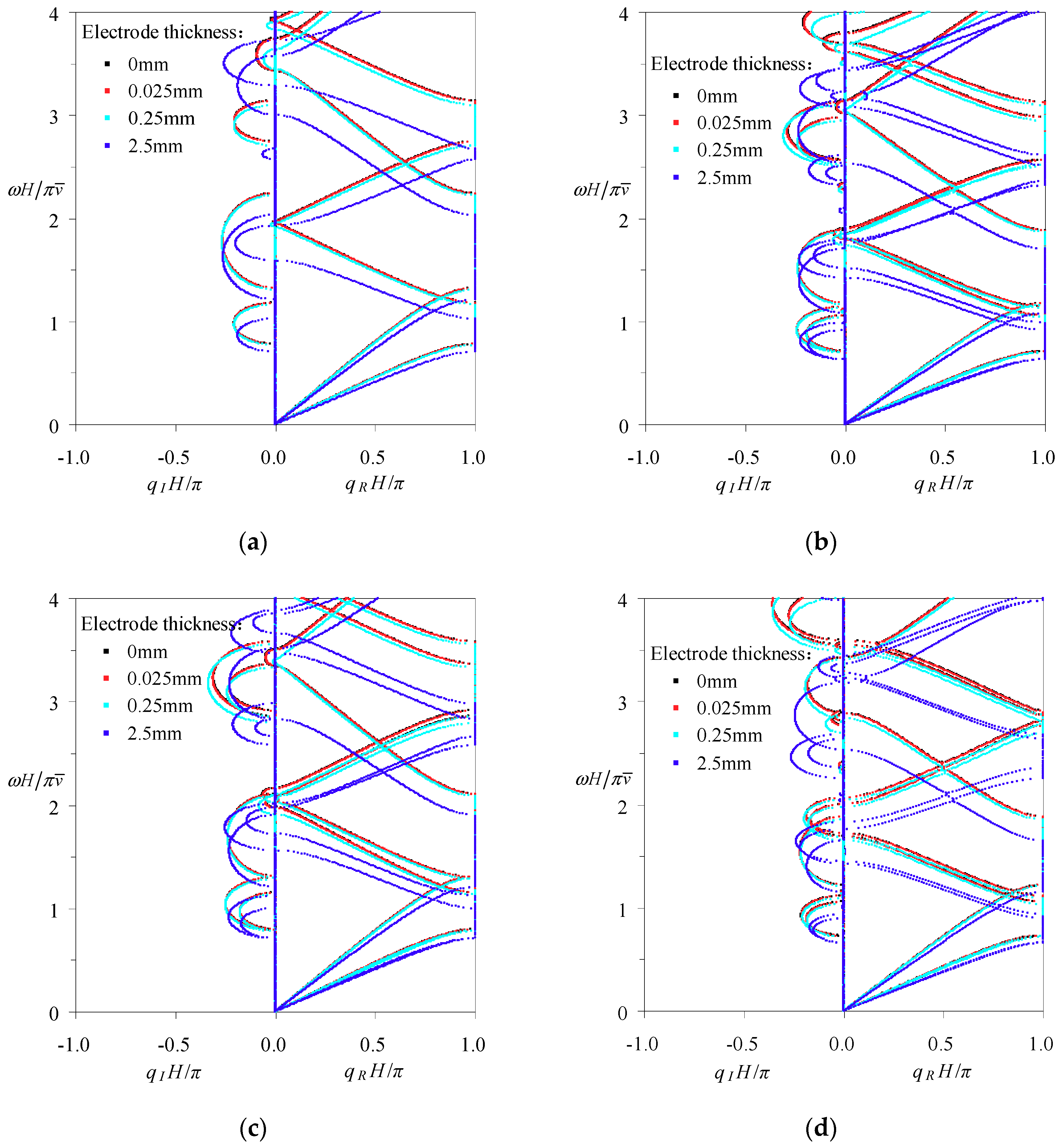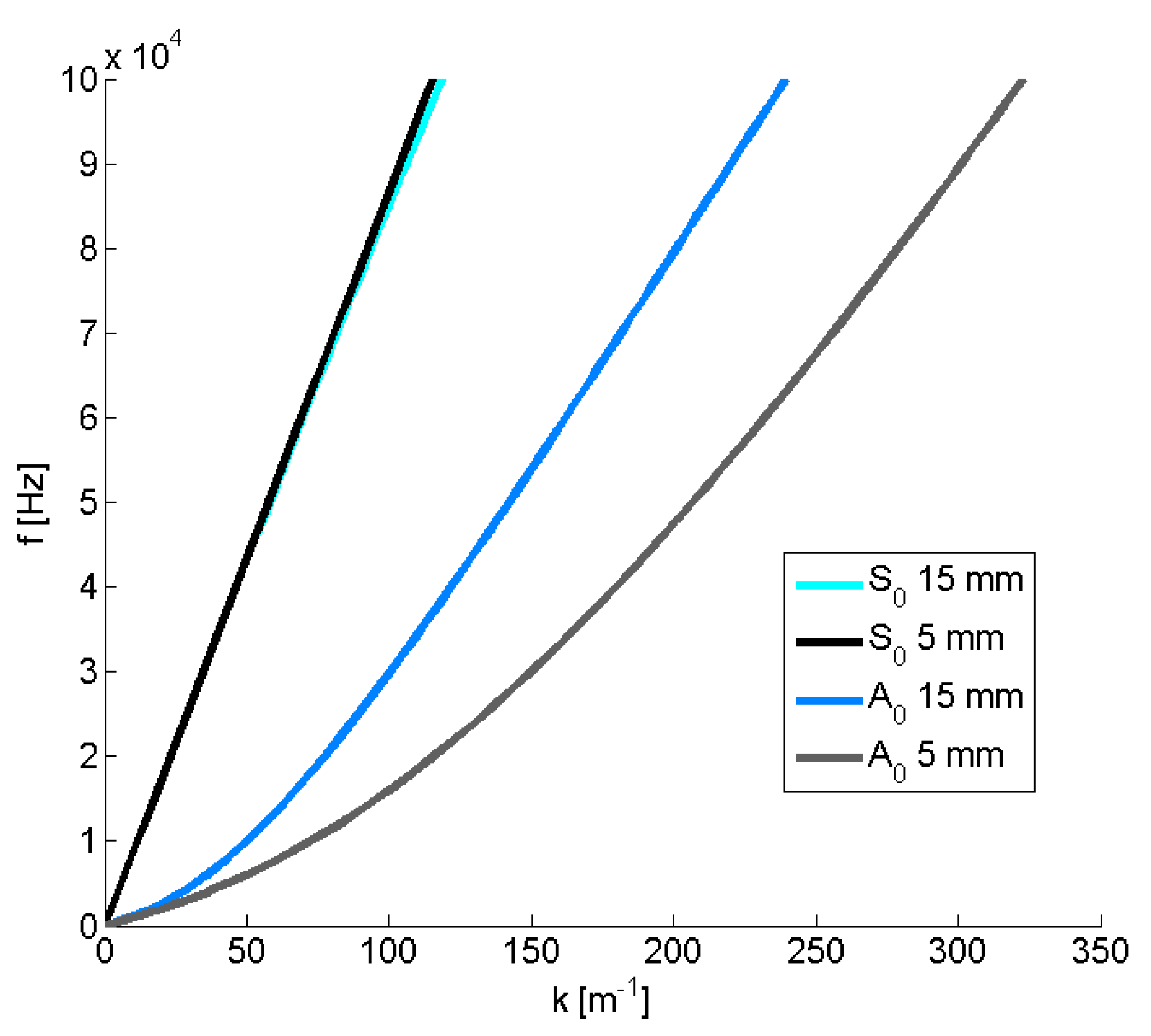Two damage parameters associated with tensile and shear damage are formulated as functions of ply crack density using local stress fields that satisfy the equilibrium equations.
Three dimensional effective elastic constants for thick laminates.
Three dimensional effective elastic constants for thick laminates.
Three dimensional effective elastic constants for thick laminates.
Journal of applied mechanics.
Equivalent homogeneous anisotropic solids are used to represent thick laminates con sisting of large numbers of a repeating sublaminate.
An analytical three dimensional effective elastic constant of transversely isotropic plates that include ply cracks is proposed using a continuum damage mechanics approach.
The effective elastic constants in three dimensions were then determined by assuming that all layers in any given sub laminate experienced the same in plane strains and the same i e.
Constant through thickness direct and shear stresses.
The thickness of the sub laminates was assumed to be small compared with the thickness of the overall laminate.
This paper presents an analytical micromechanics model for predicting the three dimensional effective elastic properties of multidirectional composite laminates with ply wrinkle defects.
A three dimensional constitutive theory for fiber composite laminated media.
Evaluative examples involving free edge stresses and interlaminar cracks are presented.
A representative volume element rve was chosen for analysis and the geometry of wavy plies in the wrinkled laminates was described by sinusoidal functions.
Three dimensional effective elastic constants for thick laminates sun c.
Equivalent homogeneous anisotropic solids are used to represent thick laminates con sisting of large numbers of a repeating sublaminate.
Three dimensional effective moduli are used in the analysis of thick laminates consisting of a large number of identical sublaminates.
The typical sublaminate is used for studying its load deformation behavior from which the effective elastic constants are derived from.
The typical sublaminate is used for studying its load deformation behavior from which the effective elastic constants are derived from the constituent lamina properties.
N is the total number of plies in the laminate.
To determine the thermo elastic properties of laminate utilizing the three dimensional laminate theory two stage coordinate conversion is applied to the effective compliance and the thermal expansion coefficient of the k th ply k 1 2 n.
And knight m 1988 mechanical characterization of a thick composite laminate proceedings of the american society for composites 3rd technical conference sept.
Journal of composite materials.
A global local method is developed in which the effective modulus theory is used to model the thick laminate except for the local region where accurate stresses are desired.



























